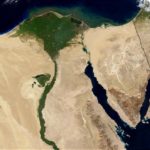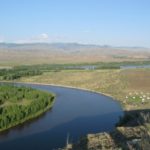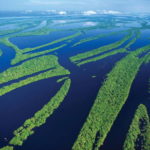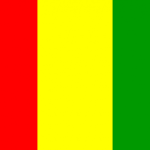Interesting facts about the Niger River
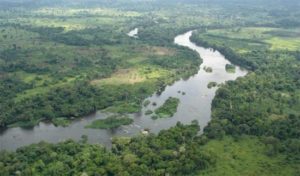 Niger is a mighty river, majestically rolling its waters through the expanses of West Africa. It is of paramount importance for the ecology of the entire region, and for the locals without this river it would be much more difficult. Africa – the continent is very arid, and there are not so many rivers, and it is thanks to the Niger and the great Nile that life exists in this form in which we can see it.
Niger is a mighty river, majestically rolling its waters through the expanses of West Africa. It is of paramount importance for the ecology of the entire region, and for the locals without this river it would be much more difficult. Africa – the continent is very arid, and there are not so many rivers, and it is thanks to the Niger and the great Nile that life exists in this form in which we can see it.
Niger brings to the delta more than 67 million tons of silt annually. That is why agriculture flourishes in the delta of this river.
Water in Niger is much cleaner than in other major rivers in Africa.
The replenishment of the waters of the Niger is mainly due to the annual monsoon rains.
The origin of the name “Niger” is still unknown, and scientists are still arguing on this topic to this day.
Niger takes the third place among the African rivers both in length and in the area of the water surface, behind Congo and Nile.
The Niger River flows through the territory of five countries, including the same-Niger.
In the waters of Niger, there are a lot of diverse fish, therefore among the inhabitants of the surrounding regions fishery is widely developed, and fish makes a decent portion of their diet.
During the rainy season, the level of the Niger River rises noticeably, no worse than in the Siberian rivers in the spring, when the snow melts.
More than thirty million people live in the Niger Delta region.
Scientists believe that the modern Niger River was formed as a result of the confluence of two rivers about 3-5 thousand years ago, which, in turn, was caused by the formation of the Sahara Desert.
About two million barrels of oil are extracted from the depths of the earth daily in the Niger Delta.

